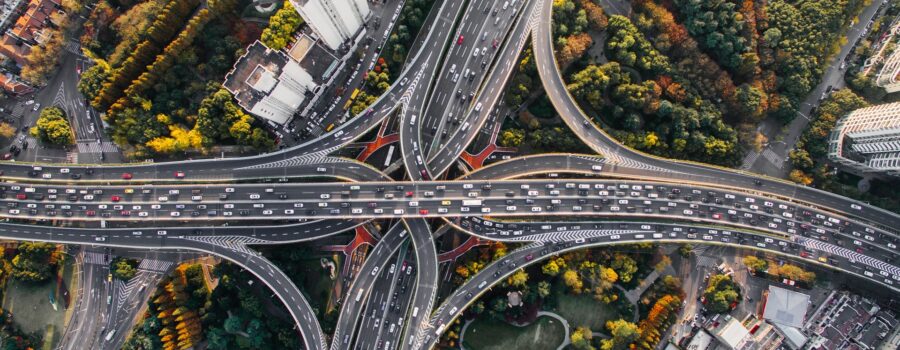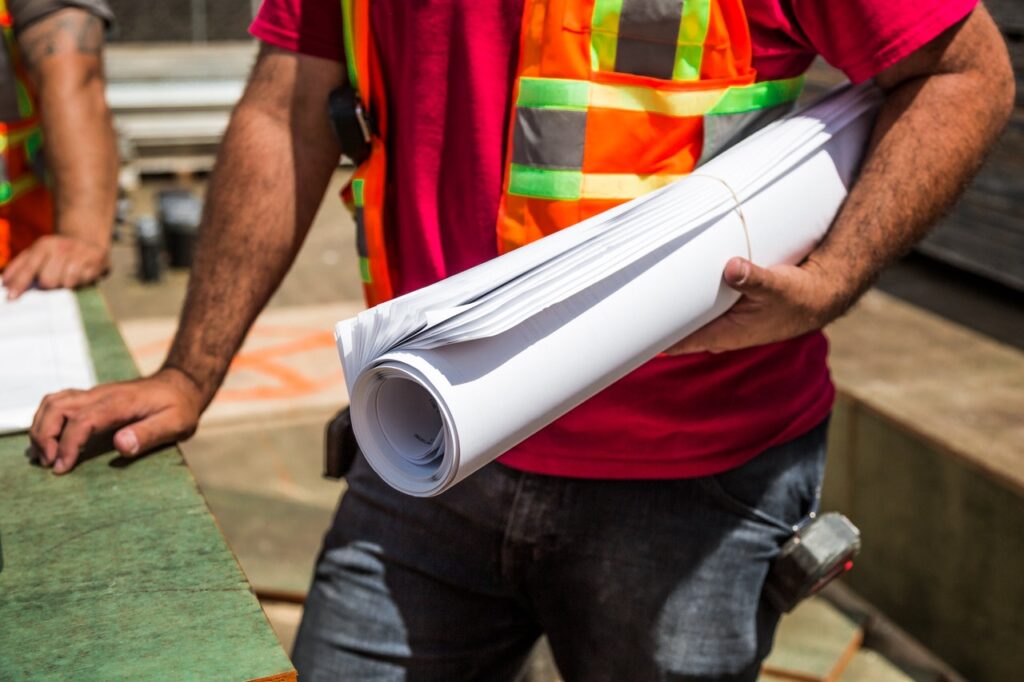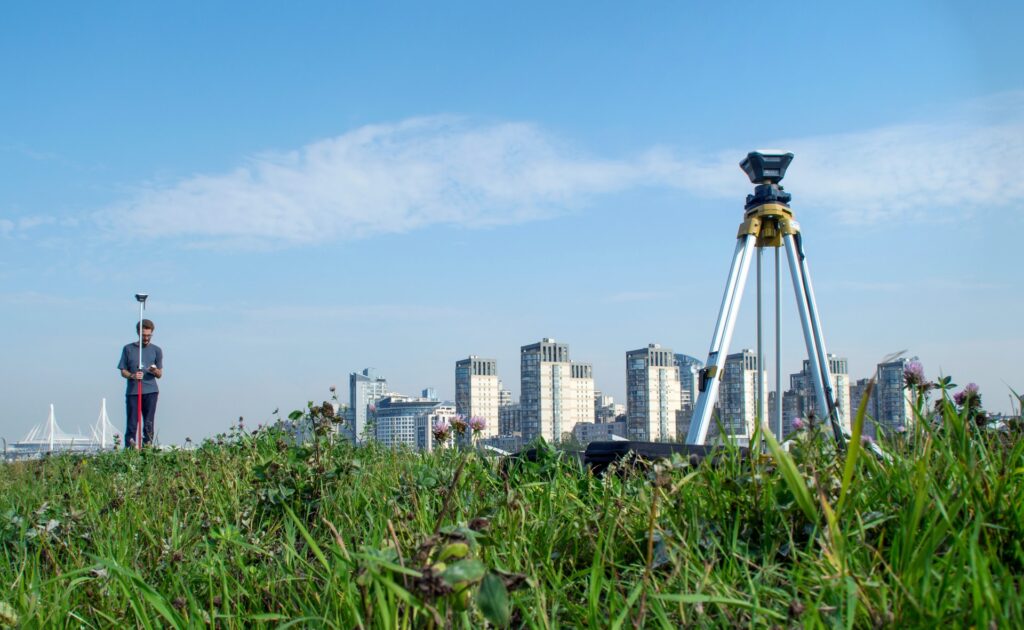
What’s the Difference Between Land Use and Zoning?
When you want to develop a piece of land and construct a building on it, you must follow all of the local zoning and land use regulations that have been put into place. Regardless of what type of project you wish to work on, it’s highly recommended that you know the difference between land use and zoning. If you’ve recently purchased a piece of land, it may be underdeveloped land, which is a completely vacant area that has no public utilities, driveways, or buildings.
Underdeveloped land is commonly found in rural locations that are situated off county roads. These pieces of land may be the perfect spot for a new home or commercial building. Since underdeveloped land doesn’t include any utilities, driveways, or structures, this land can have a wide range of different uses, which include parking lots, storage areas, renting to farmers, and recreational uses. Because of the limited supply of underdeveloped land, there’s a high potential for appreciation.
When you’re thinking of ways in which you can use the land that you own, you should first learn more about local zoning laws and regulations. These regulations are part of a planning control tool that governments use for the physical development of a piece of land based on the land’s geology, purpose, and usage. Land uses are effectively restricted based on a plan that the city or county has already created.
While land use and zoning are intrinsically tied together, they are two completely different terms with separate definitions. Understanding how zoning and land use might apply to your property can help you mitigate potential issues that might arise during the development process. Here is an in-depth guide on the primary differences between zoning and land use.

What Are Zoning Laws?
Zoning laws are designed to regulate and restrict how a piece of land can be used based on the land’s location relative to other zones that have been created. How the land is zoned also depends on how the province is zoned. If you’ve never been involved with zoning before, this is easily the most common land use regulation that’s used by authorities to control how land is developed within their borders.
Keep in mind that different areas have different zoning laws. For instance, a residential zone will have laws that differ completely from those in a commercial zone. A zone is created by dividing a community or municipality into various zones and districts. Each zone will have a list of activities that are prohibited as well as a list of ones that are permitted.
These regulations define what types of structures can be built in towns, cities, and suburbs. One example of a zoning regulation involves a restriction on the height of homes in a specific neighborhood. The point of zoning is to make sure that the value of a land use is protected and conserved.

What Is Land Use?
Land use doesn’t have a single definition but is centered around making sure that the occupant’s needs are met while also adhering to the capabilities that the land has. In the past, land use planning was largely limited to the existing land uses. However, the use of a piece of land has become more complicated over time, which has resulted in land use planning becoming more complex as well.
Keep in mind that land use can differ depending on the zone that you want to construct a building in. If you want to build a home in a Los Angeles County residential zone, a maximum height limit has been set of 35 feet for any single-family residences. If a single-family residence is built at a height of 40 feet, the county could decide to levy fines or other penalties.
There are six primary land use types that you should be aware of, which include agricultural, recreational, industrial, commercial, residential, and transportation. To understand how land use works in Los Angeles County and similar areas, let’s take a look at the various land use designations. Land management occurs via a land use designation. This designation specifies how land and the resources within it should be managed. Zoning designations are known to define the laws and regulations that determine how a property can be developed and used.
Along with the six types of land uses mentioned previously, there are also three major types of zoning, which extend to performance zoning, intensity zoning, and incentive zoning. Before you start developing on a piece of land that you own, you should know about the many land uses that may be available to you.
Agricultural Land Use
This type of land is used for the production of food that humans eat as well as the rearing of livestock. The various entities that can own agricultural land include the government, the public, and private entities. Agricultural land is commonly referred to as farmland or cropland. At the moment, this land makes up nearly 40% of all land that’s present in the U.S.
In most cases, agricultural land is separated into pasture land and cultivable land. All cultivable land is used for the production of such crops as wheat, corn, and soybeans. On the other hand, pasture land is mainly used for cattle grazing. The most common examples of this land use include:
- Chicken farms
- Crop farms
- Ranches
- Vineyards
- Homesteads
Residential Land Use
Residential land is primarily used to house individuals who own the land, which are usually members of the public. It’s common for people to purchase underdeveloped land to later design and build their own home to live in. There are numerous zoning restrictions associated with this type of land use. For instance, only specific types of materials can be used for construction of the home. Most residential zones will also include maximum or minimum build size limitations as well as the guidelines on the types of animals that are allowed in the zone.
The value of residential land can vary depending on many different factors, the primary of which is location. For instance, beachfront land is almost always more valuable than land situated several miles off the coast. Some of the primary examples of how residential land can be used include:
- Apartment complexes
- Single-family homes
- Condominiums
- Mobile homes
Recreational Land Use
Recreational land is used for various recreational purposes as well as personal enjoyment. All recreational land is designed to facilitate fun and relaxation. This type of land can either be owned by a government entity or privately owned. It can also vary substantially and can be anything from a tract of hunting land to a large national park. Camps, ATV land, and fishing properties are a few additional examples of recreational land use.

Commercial Land Use
Commercial land is used to secure investments, house people, and provide businesses with areas to construct commercial buildings. This type of land can be owned by a private entity or a member of the public. All commercial land must be used for some form of commerce of business activity. The main purpose that this land has is to accommodate income-producing businesses. During land use planning, counties oftentimes include an ample amount of commercial land to ensure the strength of the local economy.
Any land that’s designated for commercial use will typically be appraised differently when compared to residential land, which is why the value of commercial land can vary significantly. A common use of commercial land involves leasing the land out to businesses to produce a high amount of rental income. The main examples of how commercial land is used include:
- Restaurants
- Factories
- Retail
- Offices
- Hospitals
- Industrial facilities
- Hotels
Industrial Land Use
Industrial land is meant to be used by businesses and manufacturing facilities, which means that the land can be owned by the business or an investor. The uses for this land are highly varied and depend on the type of industry that’s operating on the land. If industrial land use is allowed in more rural locations, the land could be used for mills, mines, or smelters that produce everything from metals to fossil fuels. On urban-industrial land, petroleum refineries and sewage-treatment facilities are examples of industrial land use.
Transportation Land Use
Transportation land is used for the development of various transportation services. Because of how varied these services can be, there are several types of entities that can own transportation land. However, most transport land is owned by government entities. In many cases, the purpose of this land is to provide people with the transportation they need to get to different locations with ease. The primary examples of how transportation land is used include:
- Pipelines
- Airports
- Subways
- Roads
- Cables
- Train stations
- Railroads

Summary of Land Use and Zoning
If you own a piece of land, it’s highly recommended that you’re specific about your land use and zoning needs. The occupant of this land must know the limitations that the land has in accordance with the wider province while also understanding any restrictions that have been set on the land that they want to occupy.
Before you begin development on a home or similar structure, you should find out how your land can be used and what zone you are currently operating out of. Keep in mind, however, that land use and zoning laws can change without much forewarning. While there are several ways for zoning to be changed, the most common method involves a zoning amendment. Once this amendment has been adopted, it’s up to you to understand what these changes involve and if you’re required to comply with them.

Jason Somers, President & Founder of Crest Real Estate
With over 15 years of professional experience in the Los Angeles luxury real estate market, Jason Somers has the background, judgement and track record to provide an unparalleled level of real estate services. His widespread knowledge helps clients identify and acquire income producing properties and value-ad development opportunities.
Learn more about Jason Somers or contact us.



